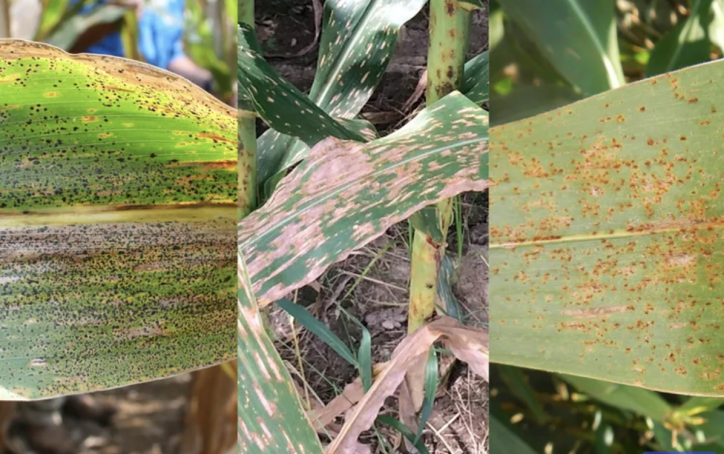Wet, Disease-Prone Corn Fields Threaten Yield: Farmers on Edge
Heavy rains are delaying critical field operations, while mounting risk of devastating fungal diseases urges careful fungicide timing-could U.S. corn now face a dual crisis?
Heavy rains have left many Corn Belt fields waterlogged, hampering fertilizer and herbicide applications at a critical period. At the same time, fungal diseases like grey leaf spot, northern corn leaf blight, tar spot, and diplodia ear rot are on the rise, making timely fungicide use more important than ever to protect yields and farm profitability.
Recent torrential spring rains-particularly along the Mississippi River-have saturated soils just as farmers planned to apply key inputs. In Mississippi and Kansas, persistent moisture is delaying herbicide and fertilizer operations, with growers remarking the corn is "not happy" amid standing water. These "wet fields" present both logistical challenges and increased disease pressure.
Escalating Corn Disease Threat
Paths paved by puddles are perfect for fungal outbreaks. Scouting shows major foliar diseases-including grey leaf spot and northern corn leaf blight-are emerging. Ear and stalk rots like Diplodia (Stenocarpella maydis) are also favored in saturated soils. Best practices from extension agronomists recommend scouting before VT (tasseling) and applying fungicides between VT-R1 growth stages only when disease signs are active.
Fungicide Timing: When & Why
Fungicide efficacy typically lasts 14-21 days, aligning with critical grain-fill phases. Applied too early, protection wanes before peak disease risk. Applied too late, it's ineffective. Thus, U.S. growers are advised to Stop. Look. Consider.: scout fields thoroughly and delay spraying until VT-R1, when first lesions appear.
Precision Agriculture & Risk Mitigation
This season highlights the value of precision agriculture and agritech tools: soil-moisture sensors and disease forecasting models enable growers to track wet conditions and target fungicide use more efficiently. This approach supports crop insurance, input cost control, and sustainable agriculture goals by reducing unnecessary sprays and preserving soil health.

Delayed input applications and disease outbreaks threaten yield reductions that impact commodity prices and farmer margins. MPI (Mississippi Producer Index) predicts damp field work could lower yields by 5-10%, while disease-related losses range from 10-40% in severe cases. Timely fungicide use can preserve yield and underpin farm loans and crop insurance profiles.
"Corn is looking...ugh...not happy," notes Kansas grower Kylee Geffert-standing water is forcing work stoppages and last-minute adjustments. Similarly, Mississippi producers are calling for dryer conditions to enable timely management.
Stay nimble. Use real-time data for input timing.
-
Scout weekly. Don't spray unless disease is present.
-
Time fungicides. Target VT-R1 window for maximum benefit.
-
Embrace precision. Sensors and models can cut costs and improve yields.
This year's dual threat-wet soils and disease-underscores the need for strategic, data-driven decision-making in U.S. corn production. By pairing precision agriculture with smart fungicide strategies, growers can protect yields, manage input costs, and support food security. When fields finally dry, the next few weeks will determine this season's success.








